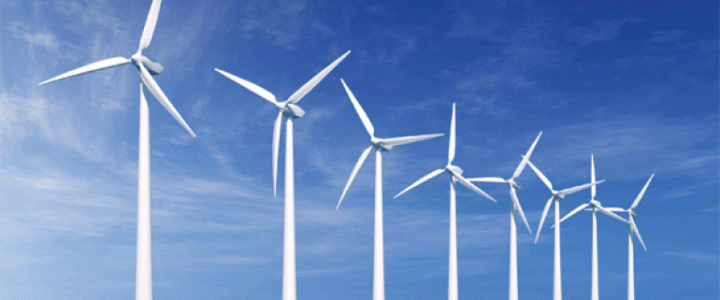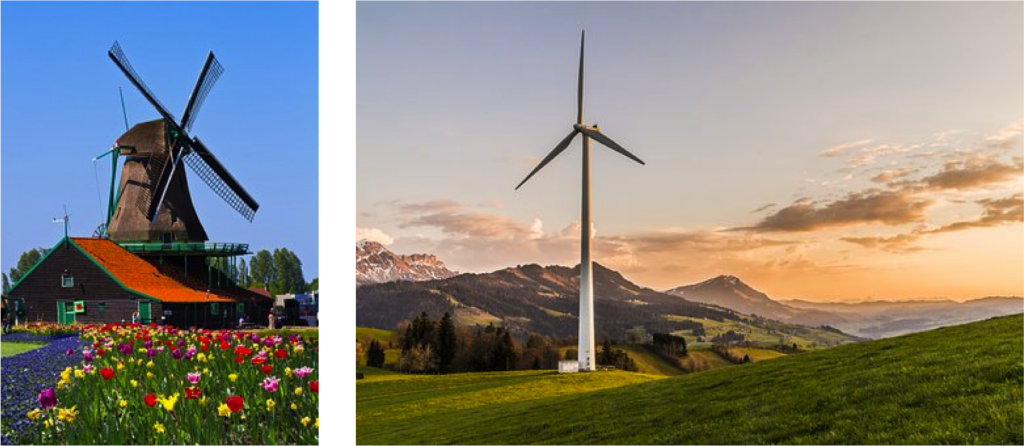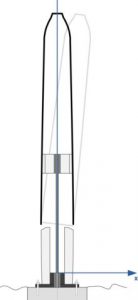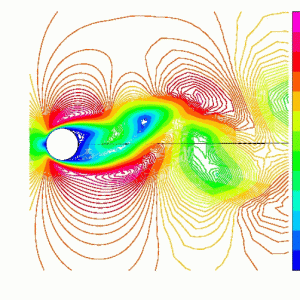
Tomorrow is Global Wind Day, a day for discovering wind energy, its power and the possibilities it holds to reshape our energy systems, decarbonize our economies and boost jobs and growth. With the exception of the US president, most people are all familiar with the potential that wind has to offer in assisting our transition to a sustainable future. So what are the current technologies being used?
The most traditional have a horizontal axis that we are used to seeing on grain mills, bore water pumps and of course the current wind turbines. These are known as Horizontal Axis Wind Turbines (HAWT). For power generation the components are located higher off the ground. This additional elevated weight is factored into the design phase. The blades are required to face into the wind. HAWT are almost exclusively used for larger wind applications (such as wind farms) but struggle in turbulent winds.

Vertical Axis Wind Turbines (VAWT) are traditionally smaller in size and have their components for power generation closer to the ground. They are not governed by wind direction and can capture from the full 360 degree. These are used in smaller wind generation projects and for residential.

Both of these options require ideal wind speeds for peak efficiency, so depending on the region they are installed in, the power generation may significantly vary due to atmospheric conditions.
A new system developed by Vortex Bladeless moves away from these traditional methods by harnessing vortex induced vibrations (VIV) to capture the wind energy. Any Engineer will tell you when designing structures exposed to moving air or fluid, they must factor in to minimize the effect of VIV’s that are increased once they match the natural frequency of the structure. By harnessing this phenomenon, Vortex Bladeless has presented another option to the energy providers.


Different wind speeds will produce varying oscillation, and the Vortex Bladeless system can change the natural frequency of its structure through using a magnetic confinement system. Translation: unlike traditional wind energy devices, the Vortex Bladeless system can operate at a larger range of wind speeds.
| Wind speed (m/s) | Small HAWT | Small VAWT | Vortex Bladeless |
| 3 | 0 W | 0 W | 3 W |
| 6 | 72 W | 44 W | 35 W |
| 7 | 104 W | 66 W | 60 W |
| 8 | 135 W | 86 W | 80 W |
| 9 | 160 W | 105 W | 93 W |
| Nominal speed | 400 W | 200 W | 100 W |
Comparing the different systems in the table provided by Vortex Bladeless we see their effectiveness under different conditions. While the HAWT captures the most energy for nominal speeds, it doesn’t perform well in turbulent wind nor when the wind changes direction. At a much larger footprint, fewer devices can be installed in the available area, thus reducing the overall capacity.
Not one of these technologies is a clear winner, but with further advances that are predicted for all wind energy systems, that can only be a great thing for our planet. There is even a Japanese company working on harnessing the energy inside a hurricane.
On Global Wind Day, we applaud everyone with a vision to harness the wind and help our planet transition to a sustainable future.



